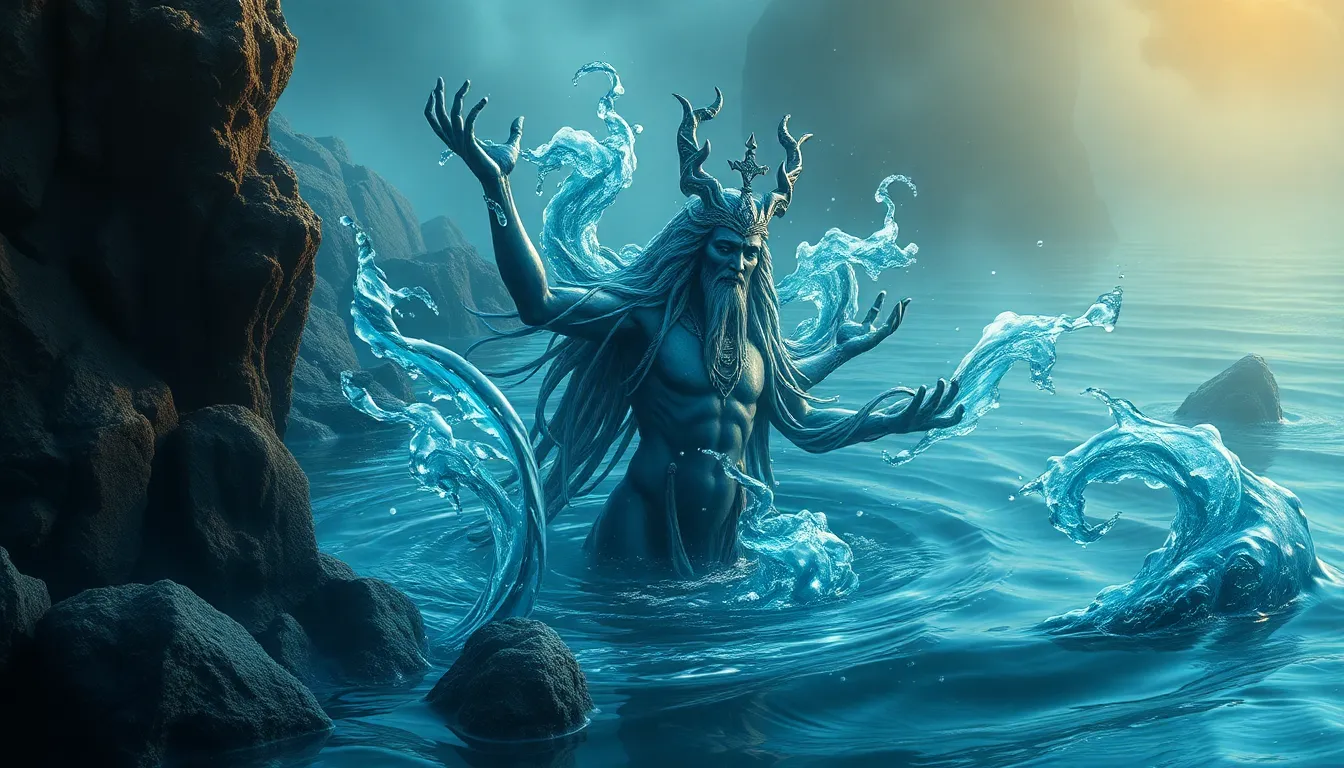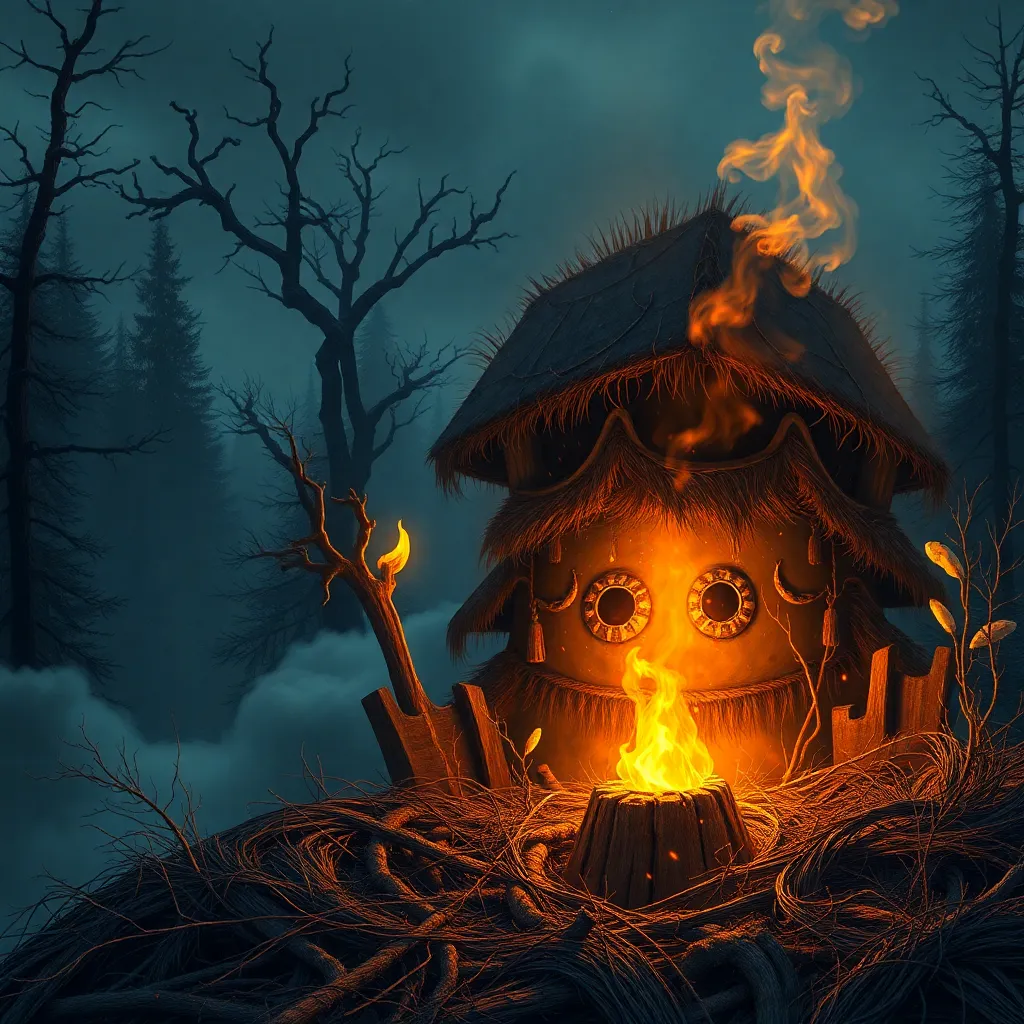The Celtic Siren’s Song: Analyzing the Power of Music and Storytelling in Celtic Mythology
I. Introduction
Celtic mythology, rich in tradition and folklore, holds a significant place in the cultural heritage of Ireland, Scotland, Wales, and beyond. It is a tapestry woven with tales of gods, heroes, and mystical creatures, reflecting the values, fears, and aspirations of ancient Celtic societies. Central to this mythology is the art of music and storytelling, which served not only as entertainment but as a means of preserving history and cultural identity.
In this context, the concept of the Celtic Siren’s Song emerges as a potent symbol of allure and danger. Sirens, often depicted as enchanting singers, embody the dual nature of beauty and peril, drawing listeners into their world with melodies that can lead to both joy and despair.
II. The Origins of the Siren in Celtic Mythology
The image of the siren has deep roots in folklore, where these beings are often portrayed as alluring yet treacherous. In Celtic mythology, the origins of sirens can be traced back to various figures that share similar traits.
- The Morrigan: A goddess associated with fate and war, she is sometimes depicted as a beautiful woman whose song can foretell death and destruction.
- Lorelei: Although more commonly associated with German folklore, she shares traits with Celtic water spirits, luring sailors to their doom with her song.
- Other Siren-like Beings: Various legends reference beings such as selkies and merrows, who also use their enchanting voices to captivate humans.
The symbolism of the siren in these tales often reflects the complexities of desire and danger, illustrating the fine line between attraction and destruction.
III. The Power of Music in Celtic Culture
Music has always held a central role in ancient Celtic societies, serving as a form of communication, celebration, and spiritual expression. It was integral to rituals, festivals, and everyday life.
- Instruments: Traditional Celtic music utilizes a variety of instruments, including the harp, fiddle, tin whistle, and bodhrán. Each instrument carries its own significance and emotional weight within the music.
- Cultural Significance: Music not only entertained but also reinforced social bonds and community identity, often accompanying storytelling and dance.
The emotional and spiritual impact of music in storytelling cannot be overstated. The melodies and rhythms evoke feelings that words alone may fail to capture, enhancing the narrative and creating an immersive experience for listeners.
IV. Storytelling as a Vehicle for Cultural Transmission
Oral tradition played a crucial role in preserving Celtic mythology, with stories passed down through generations. This tradition ensured that the values and beliefs of the culture were maintained and celebrated.
- Structure and Elements: Typical Celtic stories often include a hero’s journey, encounters with the supernatural, and moral lessons, all woven together through rich imagery and lyrical language.
- Interplay Between Music and Narrative: Music enhances storytelling, with songs often embedded within narratives, bringing characters and events to life in vivid detail.
This interplay between music and narrative deepens the connection between the audience and the story, allowing for a shared cultural experience.
V. Themes of Seduction and Danger in Siren Songs
The motif of seduction is prevalent in Celtic siren tales, where the allure of the siren’s song often leads to perilous consequences. These narratives explore the duality of beauty and danger.
- Seduction Motifs: Many tales feature characters who are entranced by a siren’s song, leading them into treacherous situations that highlight the risks of succumbing to temptation.
- Beauty and Peril: The siren embodies the idea that beauty can conceal danger, prompting listeners to reflect on their own desires and the potential consequences.
Notable stories featuring sirens serve as cautionary tales, reminding audiences of the potential cost of desire and the importance of discernment.
VI. The Modern Interpretation of the Siren’s Song
Celtic mythology continues to influence contemporary music and art, with many artists drawing inspiration from these ancient tales. The resurgence of interest in Celtic themes reflects a broader fascination with mythology in popular culture.
- Contemporary Music: Many musicians incorporate Celtic elements into their work, blending traditional sounds with modern genres to create a unique fusion.
- Modern Storytelling: Films, literature, and visual arts often revisit the themes of sirens, exploring their complexities in new contexts.
Examples of modern interpretations can be seen in various media, from films like “The Secret of Kells” to music by artists such as Loreena McKennitt, who evoke the haunting beauty of Celtic legends.
VII. The Psychological and Emotional Resonance of the Siren’s Song
The psychological impact of music on listeners is profound, often evoking deep emotional responses. The siren’s song, in particular, resonates with themes of longing, loss, and allure.
- Longing and Loss: The siren’s call can symbolize unattainable desires, reflecting the human experience of yearning for something just out of reach.
- Allure and Fascination: The enchanting quality of the siren’s song draws individuals in, prompting introspection about their own desires and fears.
Personal reflections on the siren’s call often reveal a complex interplay of admiration and caution, mirroring the themes present in the original tales.
VIII. Conclusion
The significance of music and storytelling in Celtic mythology is undeniable, serving as a bridge between past and present. The enduring legacy of the siren’s song continues to captivate audiences, illustrating the timeless nature of these themes.
In modern culture, the intersection of myth, music, and human experience remains a rich landscape for exploration. As we engage with these stories, we are reminded of the power of art to reflect our deepest desires and fears, making the siren’s song a poignant reminder of the beauty and danger that life presents.



